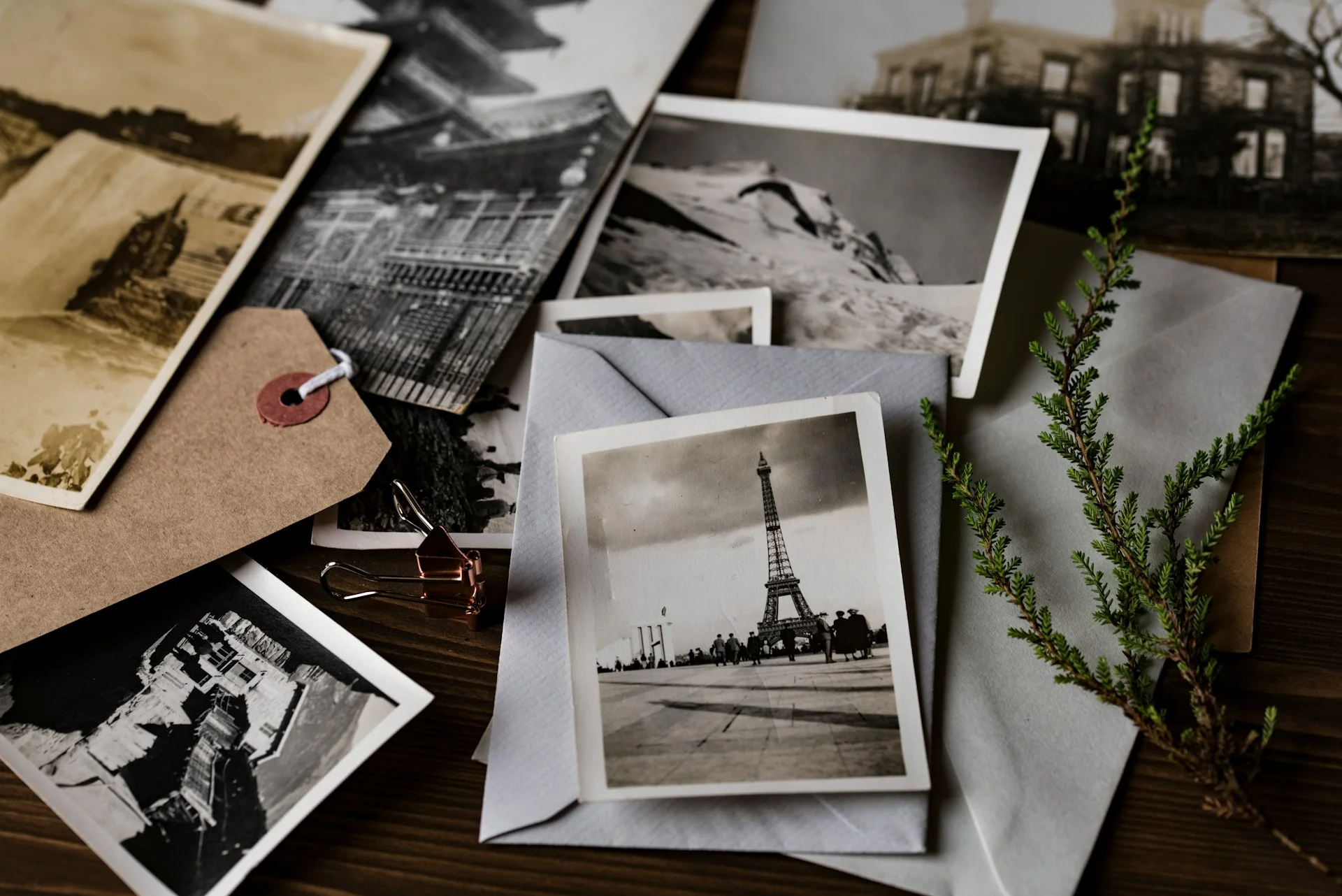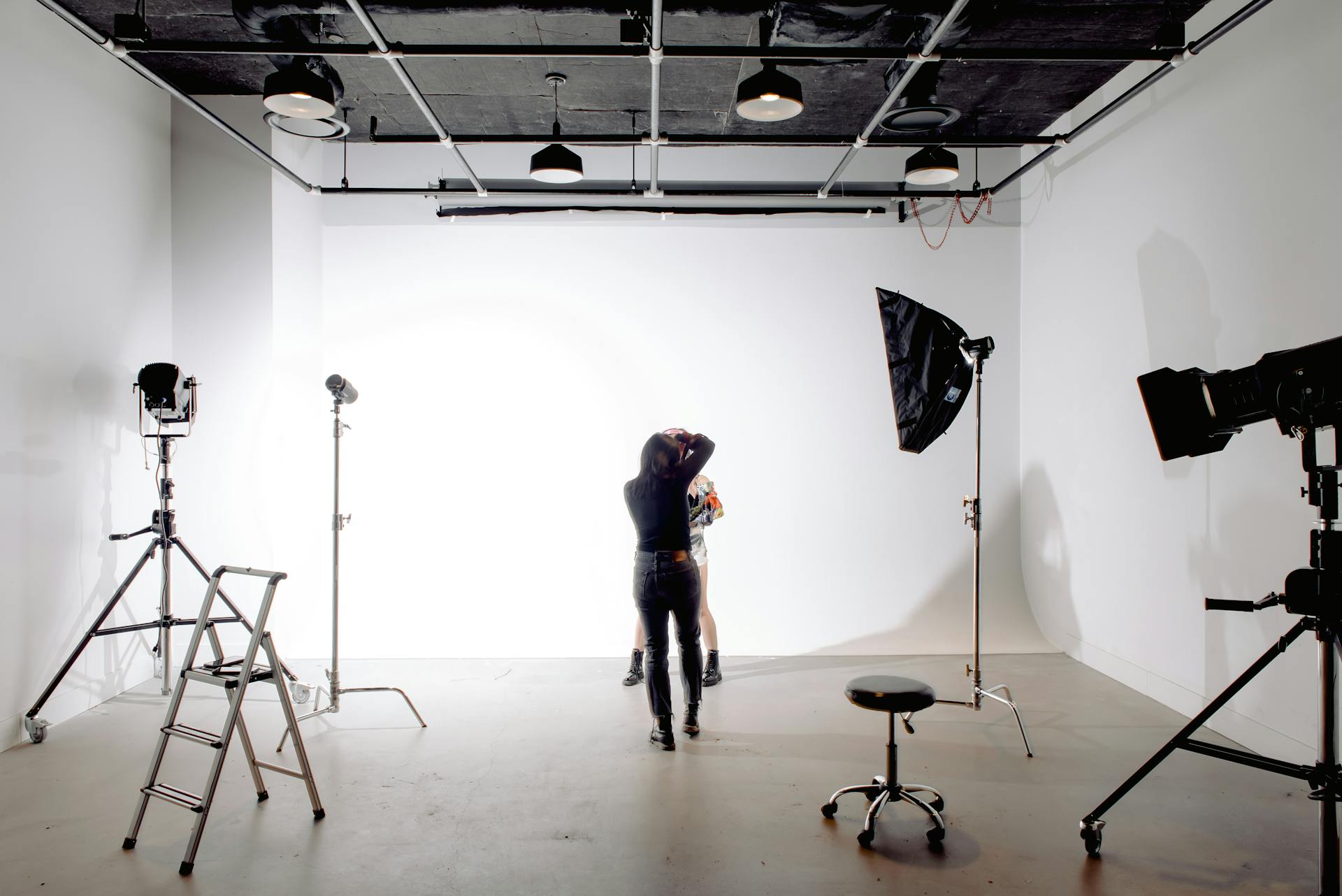Start with the Basics: Know Your Camera
Any professional photographer started as an amateur and the first thing that you need to know is to learn your camera. Get to know the most important settings like aperture, shutter speed, and ISO, also known as the exposure triangle, and how to adjust the focus and white balance manually. Test various modes but make it a point to shift off auto as soon as you can. This background knowledge will enable you to define your vision in a more accurate way compared to automatic assumptions. Your camera, its capabilities, and restrictions, early learning and confidence are achieved.
Practice Composition and Lighting Fundamentals
It is not just technical mastery that will result in great photos but composition and lighting are equally important. Learn the composition rules, including the rule of thirds, leading lines, framing, and symmetry, to direct the viewer focus and form balanced images. The light of any photo determines the mood and texture of the photo, and it is advisable to practice shooting under daylight at various times of the day. Test shadows, highlights and reflections. Learning to control light, be it natural, artificial, works to control the contrast and depth so that your photos can shine.
Develop Post-Processing Skills

Contemporary photographers have to know how to edit digitally with the help of such tools as Adobe Lightroom or Photoshop. Post-processing allows you to make your photos look better by adding colors, fixing exposure, and eliminating distractors to make them look more like the original. Begin with simple changes like cropping, exposure, and white balance and then move on to more complex effects like dodging and burning, retouching, and creative color gradient. Good editing skills can make ordinary pictures to be of professional level art.
Build a Personal Style and Portfolio
Development of recognizable style is important as the skills get better. Be it in colorful street shots, dark and grimy portraits, or sweeping views, coherence can make you stand out. A targeted portfolio with your finest works will gain clients, galleries or publishing. Be picky with your images and you should only retain those that portray your style and technical prowess. This is achieved by updating your portfolio regularly and posting on social media or photo-sharing sites, which will create a following and a professional network.
Take on Real-World Projects
Being a hobbyist to a pro requires experience. Find other opportunities such as freelance shoots, second shooting or assistant work to more established photographers. The skills acquired during real projects that are not related to technical photography include communicating with clients, working under stress, and controlling the workflow. Addressing a variety of topics expands your flexibility and shows what you are strong and weak in. Client and peer feedback is also very helpful in improving your craft.
Never Stop Learning and Experimenting
Photography is dynamic and one needs to keep up with latest tools, technology and fashions. Participate in workshops, tutorials, reading books and photography communities to share ideas and get constructive criticism. The ability to constantly experiment with subjects, lighting, gear and styles maintains the level of creativity and stretches your limits. Professional photographers also hold to the idea of lifelong learning, where they combine the skills and the passion to constantly improve their work.
Final Thoughts
Being a hobbyist who is a professional photographer takes time, commitment, and organization in the development of skills. The art and confidence to make it happen comes with practice, learning to operate your camera, learning composition and lighting, learning the editing process, and learning through experience. Through determination and desire to study, you can use your hobby into professional art work that captures moments and creates great visual stories.

